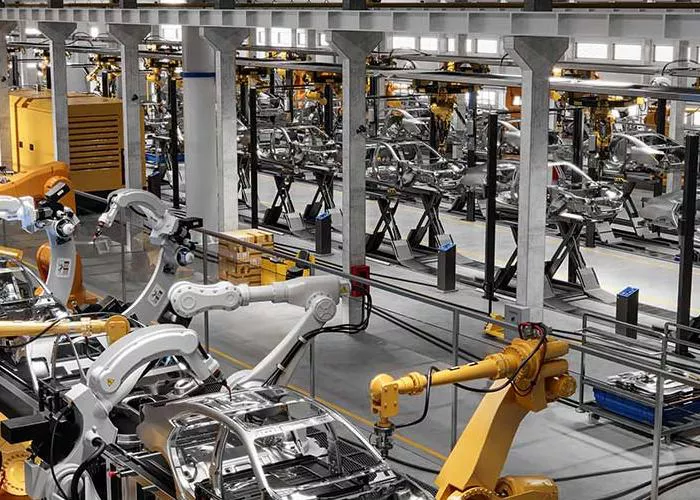Venus Aerospace has successfully completed testing on NASA-supported nozzle designs for its compact Rotating Detonation Rocket Engine (RDRE) and is now preparing for a critical flight demonstration this summer.
The Houston-based company collaborated with NASA engineers to test the new nozzle designs for its RDRE, a groundbreaking propulsion system that promises higher power with reduced fuel consumption. The top-performing design has exceeded expectations and will be integrated into Venus Aerospace’s upcoming ground-based launch test scheduled for the coming months.
“We’ve already proven our engine outperforms traditional systems in terms of both efficiency and size,” said Sassie Duggleby, CEO of Venus Aerospace. “The technology we developed with NASA’s support will now be part of our integrated engine platform — bringing us one step closer to proving that efficient, compact, and affordable hypersonic flight can be scaled.”
The RDRE operates using supersonic shockwaves called detonations, allowing it to generate more power using less fuel. Venus Aerospace claims to be the first U.S. company to create a scalable, affordable RDRE system that is flight-ready.
In a previous demonstration last year, Venus showcased its RDRE propulsion system with a flight of a supersonic-capable drone. This summer’s test flight will take the next step by demonstrating detonation-based propulsion with a full-scale aircraft.
“This is just the beginning of what can be achieved with our propulsion technology,” said Andrew Duggleby, chief technology officer of Venus Aerospace. “We’ve built a compact, high-performance system that unlocks speed, range, and agility across aerospace, defense, and many other applications.”
Venus’s propulsion system has previously demonstrated efficiency in the upper 90th percentile compared to traditional rocket engines. Last year, the company unveiled an engine capable of take-off, acceleration, and hypersonic cruise within a single architecture — an innovative design that eliminates the need for multiple engines for different speed ranges. Venus’s solution aims to reduce cost, weight, and complexity, offering rocket-like power for takeoff and jet-like cruise efficiency in a compact form.
This breakthrough offers significant advantages in speed, range, reusability, and cost, enabling vehicles to accelerate from the runway to Mach 5+ without changing engines.
Founded in 2020, Venus Aerospace collaborates with NASA, the U.S. Department of Defense, and other federal agencies on various applications, including spacecraft landers, satellites, space cargo vehicles, and hypersonic drones.

